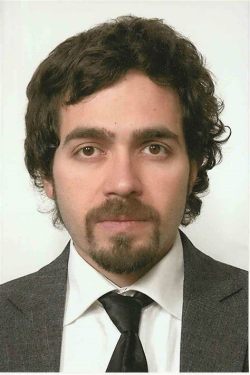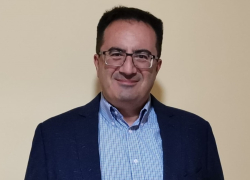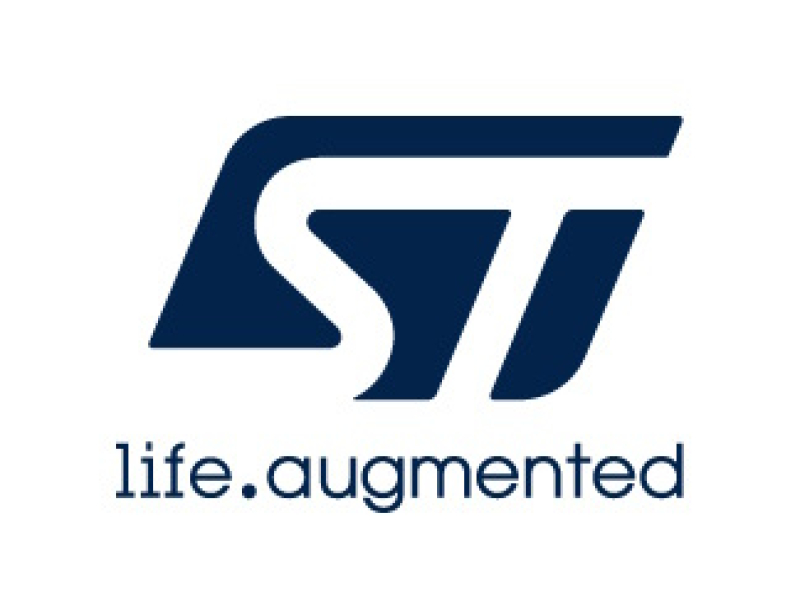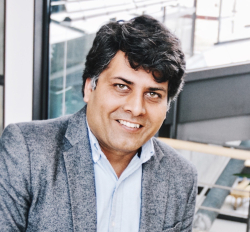| Thursday, November 16, 2023 | |
EU Digital Future Forum |
|
| 12:40 | Welcome Remarks by Session Chair |
| 12:45 | HICONNECTS – An Introduction by NXP |
Andrea Sanfilippo, Senior Manager Public Funding, NXP Semiconductors Germany GmbH HICONNECTS – An Introduction by NXP
 Abstract Biography |
|
| 12:55 | Reserved |
| 13:15 | Enhanced Chip manufacturing developments |
Daniele Pagano, Project Manager, STMicroelectronics Enhanced Chip manufacturing developments
 Abstract Biography |
|
| 13:25 | Digital Twin Software for Finite Element Analysis. |
Rahul Tomar, Managing Director, DigitalTwin Technology GmbH Digital Twin Software for Finite Element Analysis.
 Abstract Biography |
|
| 13:40 | Reserved |
| 13:45 | Closing Remarks by Session Chair |